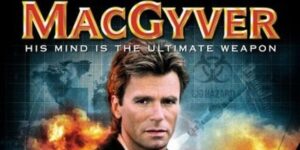
#WorkTrends: Transforming the Healthcare Benefits Experience
Now more than ever, employers feel a mandate to take good care of their people. And that responsibility is bigger than how best to empower

Now more than ever, employers feel a mandate to take good care of their people. And that responsibility is bigger than how best to empower

Agile’s not just a buzzword: when implemented right it helps organizations weather today’s realities. Certified Agile Coach Gene Gendel looks at how to harness agility now.

In today’s world of work, shift happens. The defining question for leaders is how will you make the most of those dynamics?

Evidence shows that we don’t need to be super-human to be ingenious. We just have to be willing to try. Here’s what the TalentCulture community thinks…
Originally posted by Chris Jones, a TalentCulture contributing writer. He is an IT Strategy & Change Management consultant, with a passion for driving new levels